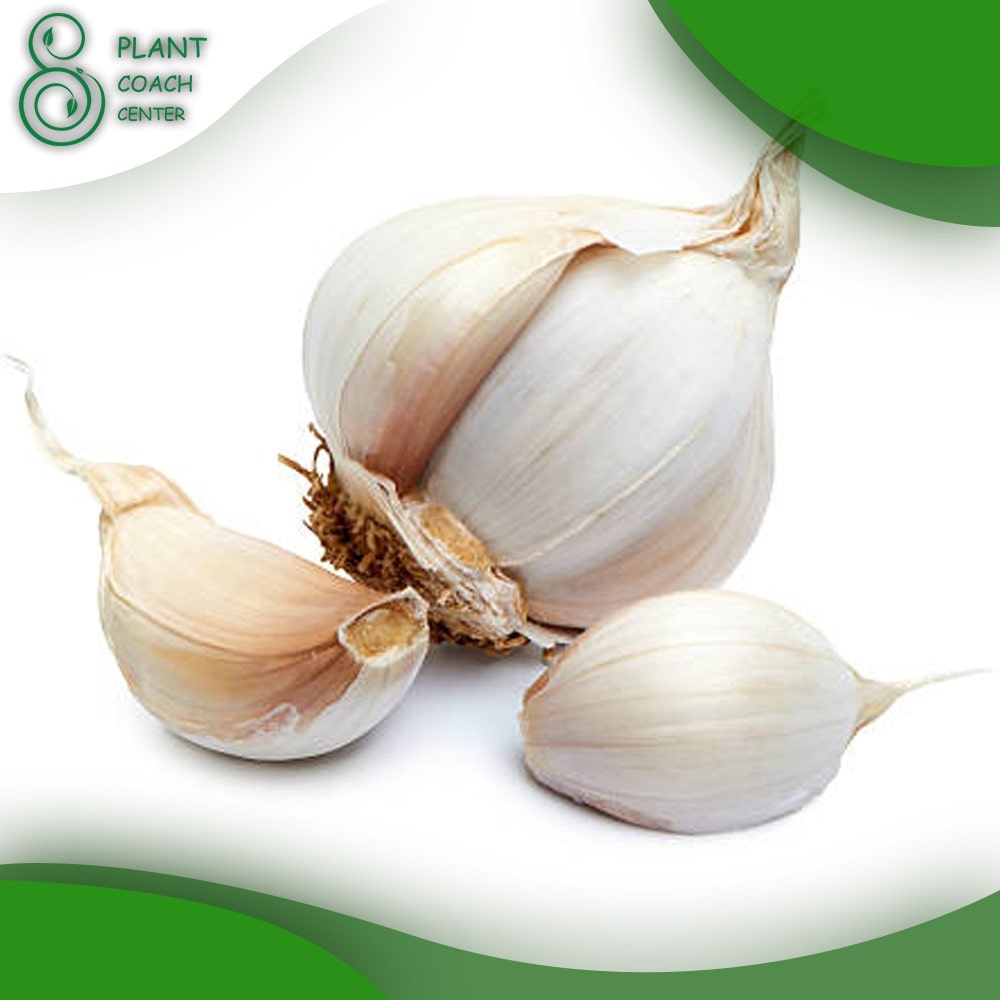When to Plant Garlic Zone 6
Welcome to a comprehensive guide on planting garlic in Zone 6! In this article, we will explore the art of plant coaching and delve into the specifics of growing garlic in this particular region. Whether you’re a seasoned gardener or a beginner, this guide will provide you with valuable insights and practical advice to ensure a successful garlic harvest in Zone 6.
At [PlantCoachCenter.com] (https://www.plantcoachcenter.com), we are passionate about empowering gardeners with knowledge and expertise. Our goal is to help you become a confident and skilled gardener, capable of overcoming challenges and achieving bountiful harvests. So let’s embark on this journey together and discover the secrets of planting garlic in Zone 6.
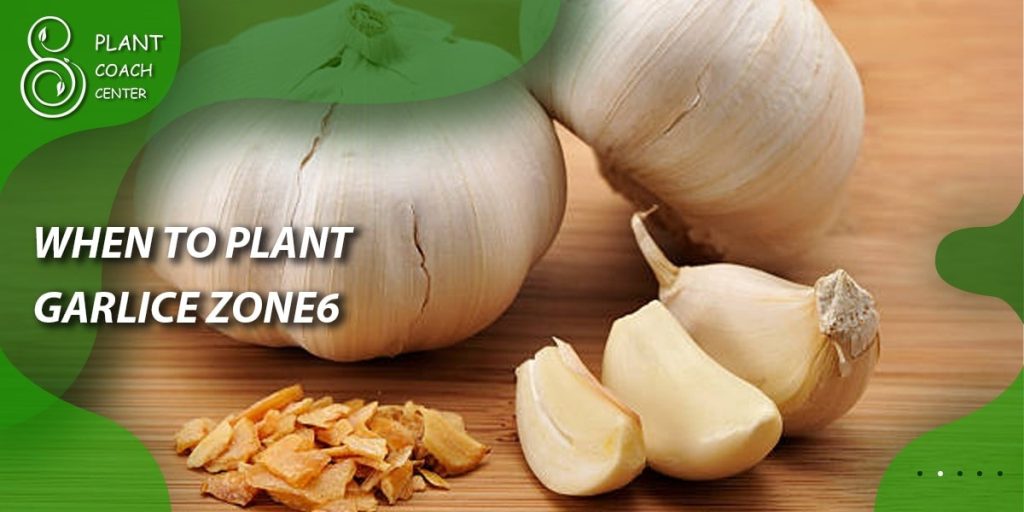
Knowing Your Zone: Understanding Zone 6 and Its Climate
Introduction to USDA Hardiness Zones
Before we dive into garlic planting specifics, let’s familiarize ourselves with the USDA Hardiness Zone system. This system divides regions based on their average minimum winter temperatures, helping gardeners determine which plants are most likely to thrive in their area. Zone 6 is characterized by…
– Average minimum winter temperatures
– Climate conditions and factors influencing plant growth
Understanding your zone is crucial for successful gardening, as it guides you in selecting suitable plant varieties and timing your planting activities.
Garlic Varieties for Zone 6
When it comes to garlic, numerous varieties exist, each with its own unique characteristics and flavor profiles. In Zone 6, several garlic varieties have proven to be well-adapted and successful. Let’s explore some popular choices:
- Hardneck Garlic Varieties
– Rocambole: Renowned for its rich flavor and easy-to-peel cloves.
– Porcelain: Known for its large cloves and robust flavor.
– Purple Stripe: Offers a complex and bold flavor profile.
- Softneck Garlic Varieties
– Artichoke: Versatile and popular, with numerous cloves per bulb.
– Silverskin: Ideal for long-term storage due to its excellent shelf life.
– Creole: Exhibits a spicy and robust flavor, perfect for culinary enthusiasts.
Garlic Planting Season in Zone 6
Timing is crucial when it comes to planting garlic in Zone 6. By understanding the optimal planting season, you can maximize the chances of a successful harvest. Let’s explore the factors that determine the best time to plant garlic in this region.
Determining the Optimal Planting Time
- Frost Dates: Garlic is typically planted in the fall, a few weeks before the ground freezes. As a general guideline, aim to plant garlic 4 to 6 weeks before the first hard frost in your area.
- Soil Temperature: Garlic cloves need cool soil temperatures to establish roots but should have enough time to develop before winter dormancy. Aim for soil temperatures between 50°F and 65°F (10°C and 18°C) for optimal growth.
- Growing Season Length: Consider the length of your growing season in Zone 6. Ensure that your garlic has enough time to develop and mature before the onset of summer heat.
By considering these factors, you can determine the ideal planting window for garlic in Zone 6 and ensure a successful crop.
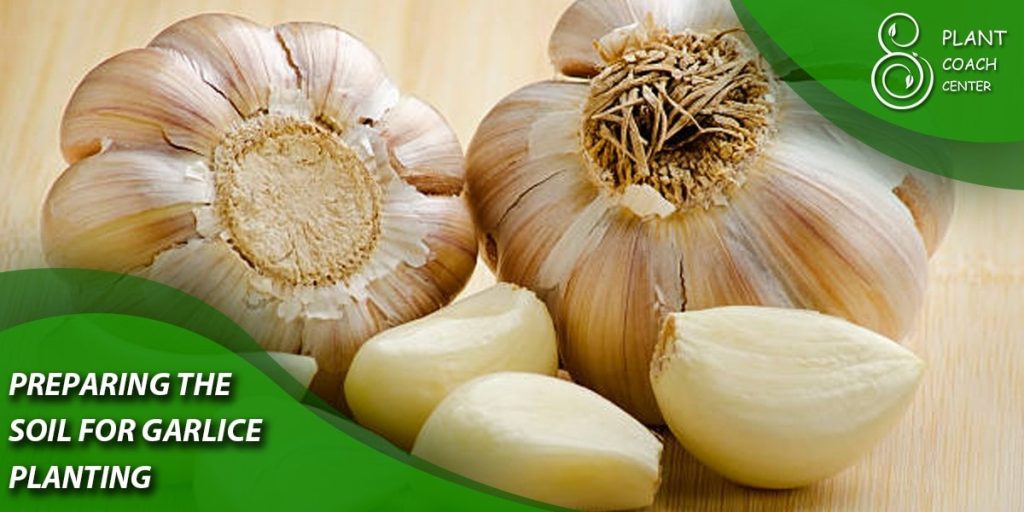
Preparing the Soil for Garlic Planting
Garlic thrives in well-prepared soil with good drainage and nutrient availability. Take the following steps to create an optimal planting environment:
Soil Testing and Amendments
- Soil Testing: Conduct a soil test to determine the pH level and nutrient content of your soil. Garlic prefers a pH range of 6.0 to 7.5. If necessary, amend the soil to achieve the desired pH level.
- Organic Matter: Incorporate organic matter, such as compost or well-rotted manure, into the soil. This improves soil structure, enhances drainage, and provides essential nutrients.
- Nutrient Balance: Ensure a balanced nutrient profile by adding organic fertilizers or amendments based on the soil test results. Garlic requires adequate levels of nitrogen, phosphorus, and potassium for healthy growth.
Proper soil preparation sets the stage for robust garlic growth and helps prevent common issues such as poor drainage and nutrient deficiencies.
Selecting and Preparing Garlic Seed
Choosing quality garlic seed is essential for a successful harvest. Here are some tips for selecting and preparing garlic bulbs for planting:
Choosing Garlic Seed
- Local Sources: Obtain garlic seed from reputable local sources, farmers’ markets, or online suppliers specializing in garlic bulbs suitable for Zone 6.
- Bulb Quality: Select large, firm bulbs with healthy, unblemished cloves. Avoid bulbs with signs of disease or damage.
Preparing Garlic Bulbs
- Seed Separation: Carefully separate the cloves from the garlic bulb just before planting. Leave the papery skin intact on each clove.
- Seed Size: Opt for larger cloves, as they generally produce larger bulbs at harvest.
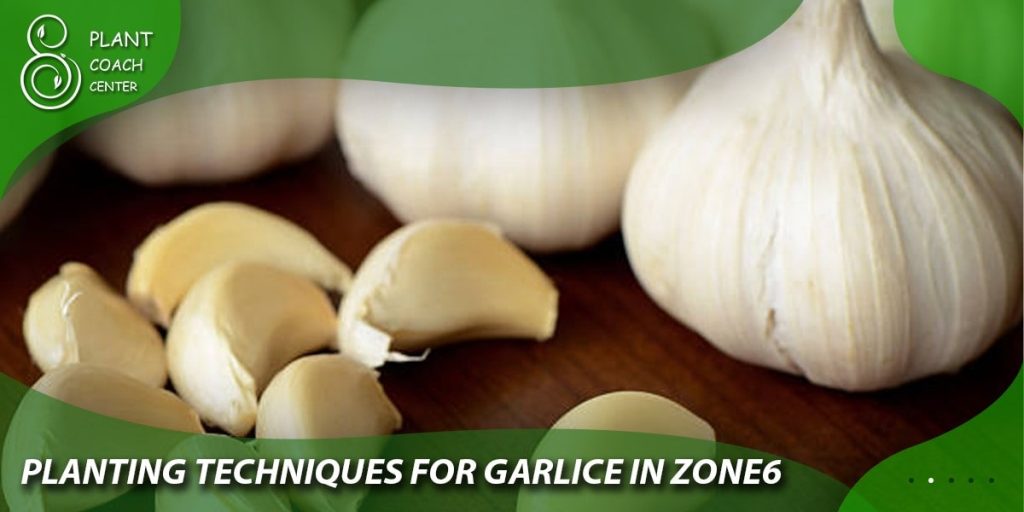
Planting Techniques for Garlic in Zone 6
Now that your soil is prepared and your garlic seed is ready, it’s time to plant! Follow these planting techniques for successful garlic cultivation in Zone 6:
Proper Spacing and Depth
- Row Spacing: Create rows in your garden bed, leaving approximately 8 to 12 inches (20 to 30 cm) of space between them. This allows for adequate air circulation and room for the garlic plants to grow.
- Cloves Spacing: Plant individual garlic cloves within each row, spacing them approximately 4 to 6 inches (10 to 15 cm) apart. Ensure that the flat basal plate of each clove is facing downward.
- Planting Depth: Plant the cloves at a depth of about 2 inches (5 cm). This provides them with the necessary soil coverage while allowing shoots to emerge easily.
Mulching and Watering
- Mulching: Apply a layer of organic mulch, such as straw or dried leaves, around the planted cloves. Mulching helps conserve moisture, suppresses weed growth, and insulates the soil during winter.
- Watering: Give the newly planted cloves a thorough watering after planting. Subsequently, water the garlic regularly, ensuring the soil remains consistently moist but not waterlogged. Aim for around 1 inch (2.5 cm) of water per week.
Providing Ideal Growing Conditions
To ensure optimal growth and development, garlic plants require specific growing conditions. Implement the following practices to provide the best environment for your garlic in Zone 6:
Sunlight Requirements
– Sun Exposure: Garlic thrives in full sun, receiving at least 6 to 8 hours of direct sunlight per day. Choose a planting location that offers ample sunlight exposure.
Watering and Soil Moisture
– Regular Watering: Garlic prefers consistent moisture, especially during the bulb development stage. Water deeply and regularly, ensuring the soil remains evenly moist but not waterlogged.
– Mulch Retention: Mulch helps retain soil moisture, so check regularly to ensure the mulch layer is intact and replenish as needed.
Soil Fertility and Nutrients
– Fertilization: Apply a balanced organic fertilizer or compost in early spring to provide essential nutrients to the garlic plants. Follow the recommended application rates for your chosen fertilizer.
– Weed Control: Regularly remove weeds around the garlic plants to prevent competition for nutrients and water.

Maintaining and Harvesting Garlic in Zone 6
Once your garlic plants are established, proper maintenance and timely harvesting are essential for a successful harvest. Follow these guidelines to care for your garlic plants in Zone 6:
Weed Control and Soil Maintenance
- Weed Management: Regularly remove weeds around the garlic plants to minimize competition for nutrients, water, and sunlight. Be cautious while weeding to avoid damaging the garlic bulbs or their shallow root systems.
- Soil Moisture: Monitor soil moisture levels and water as needed to maintain consistent moisture without overwatering. Adequate moisture is crucial during bulb development.
Garlic Scapes Removal
- Understanding Scapes: Garlic scapes are curly, green shoots that emerge from the garlic plants. Removing them diverts the plant’s energy towards bulb development.
- Timing Scapes Removal: Around mid to late spring, when the scapes start to curl, you can remove them. Use a clean pair of garden shears to snip off the scapes about an inch above the leaves.
Disease and Pest Management
- Common Diseases: Garlic is susceptible to diseases such as white rot, rust, and fusarium rot. Practice crop rotation, ensure proper airflow, and avoid overwatering to minimize disease risks.
- Pest Control: Watch out for common pests such as aphids, thrips, and nematodes. Use organic pest control methods, such as insecticidal soaps or neem oil, if necessary.
Harvesting Garlic
- Timing: Harvest garlic when the leaves start to turn yellow and dry out. This usually occurs in mid to late summer, depending on the variety and planting time.
- Lifting Bulbs: Gently loosen the soil around the bulbs using a garden fork or shovel. Lift the bulbs, being careful not to damage them. Avoid washing the bulbs at this stage.
- Curing and Storage: Allow the garlic bulbs to cure in a warm, well-ventilated area for 2 to 4 weeks. Once cured, brush off any remaining soil, trim the roots and leaves, and store the bulbs in a cool, dry place.
By following these maintenance practices and harvesting garlic at the right time, you can enjoy a bountiful harvest of flavorful garlic bulbs.
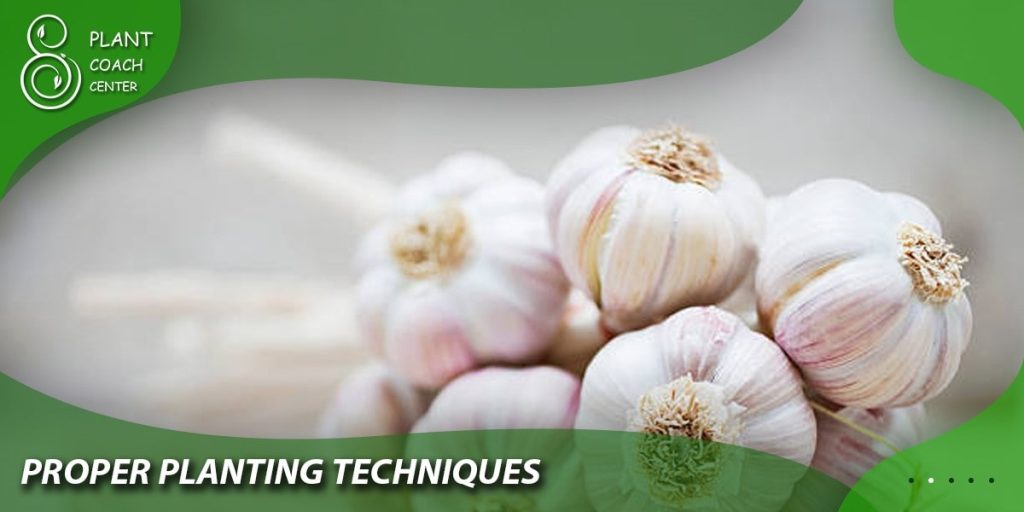
Conclusion
Congratulations! You have now learned the art of plant coaching and the ins and outs of successfully growing garlic in Zone 6. From understanding your zone’s climate to selecting the right garlic varieties, preparing the soil, and following proper planting and maintenance techniques, you are well-equipped to embark on your garlic-growing journey.
Remember, gardening is a continuous learning process, and each season presents new opportunities and challenges. By visiting [PlantCoachCenter.com] (https://www.plantcoachcenter.com), you can access a wealth of resources, expert tips, and a supportive community of fellow gardeners to further enhance your gardening skills.
n should I plant garlic in Zone 6?
Fall.
What is the best time to plant garlic in Zone 6?
Late September to early November.
Can I plant garlic in the spring in Zone 6?
It is not recommended; fall is the ideal time.
Should I plant garlic after the first frost in Zone 6?
Yes, planting garlic after the first frost is recommended in Zone 6.


